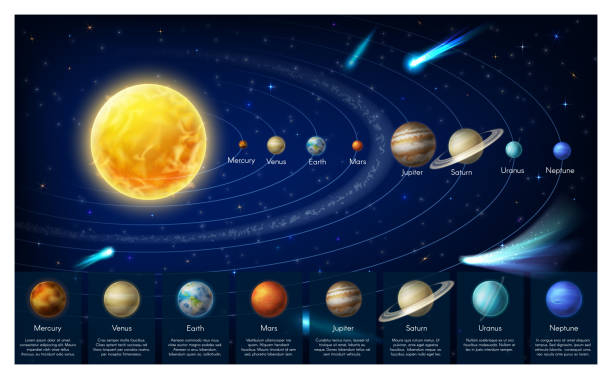How far is the Moon from Earth?

The distance between the moon and Earth influences the intensity of ocean tides and the appearance of solar eclipses in our skies. According to NASA, the average distance between the blue planet and its sole natural satellite is around 238,855 miles (384,400 kilometers). Because the moon does not orbit Earth in a perfect circle, there are times when it is closer or further away from our planet than this average distance. The moon's closest approach to Earth, known as perigee, is around 226,000 miles (363,300 km). A supermoon occurs when perigee coincides with the full moon phase. The word is not scientific in nature, but it is used by skywatchers when the full moon arrives within 90% of perigee.
Supermoons are around 17% larger and 30% brighter than the year's darkest moon. Because the moon's gravity pulls on Earth's seas to cause tides, the moon's increased closeness to Earth near perigee can also cause higher-than-normal tides. The moon's apogee, or farthest distance from Earth, is around 251,000 miles (405,500 km) from our planet. Annular, or "ring of fire," solar eclipses are one of the best natural displays of apogee.
The occurrence of solar eclipses is notable for its serendipity. The moon's closeness to Earth will be 400 times higher than the sun's distance to Earth over the next 600 million years. Because the diameter of the star is nearly 400 times that of the moon, the disks of both objects tend to match almost exactly during solar eclipses. This results in totality, when only the solar corona may be seen peeking out from behind the moon.










